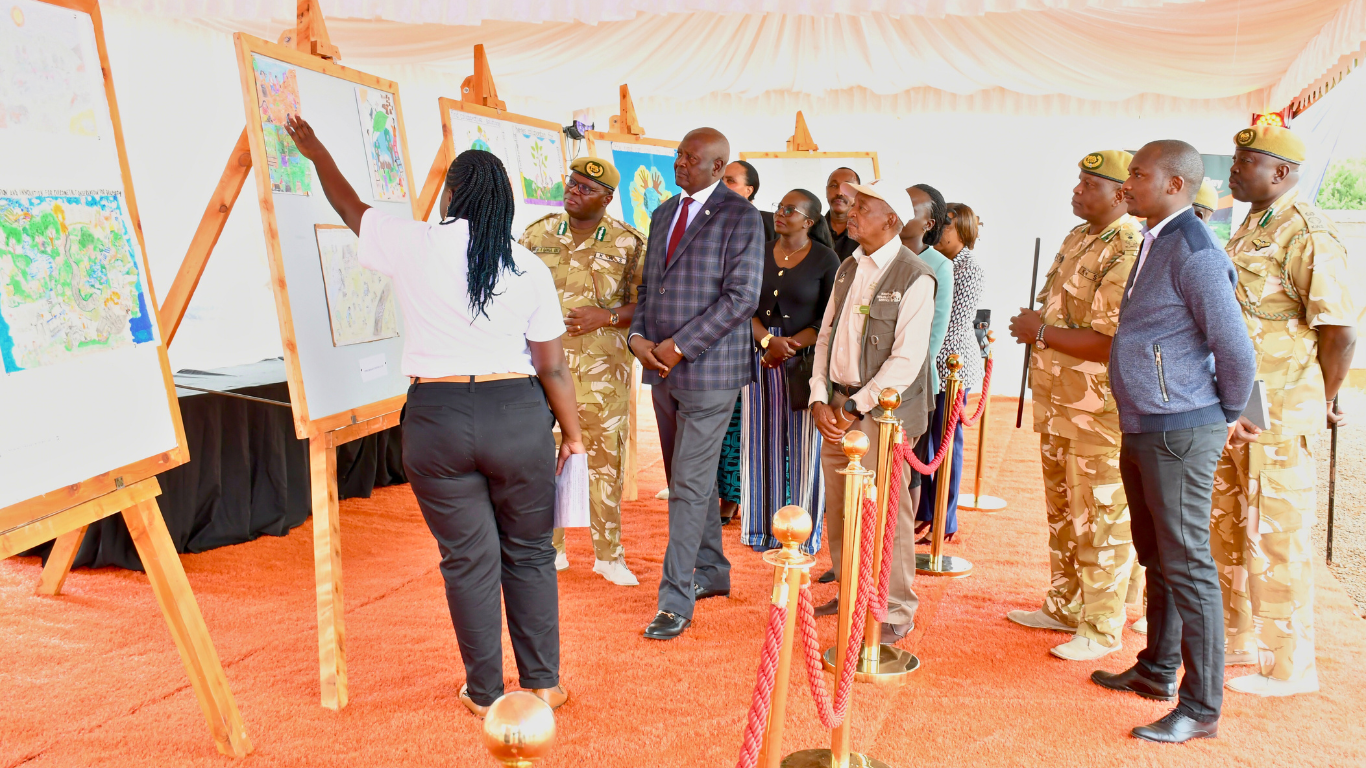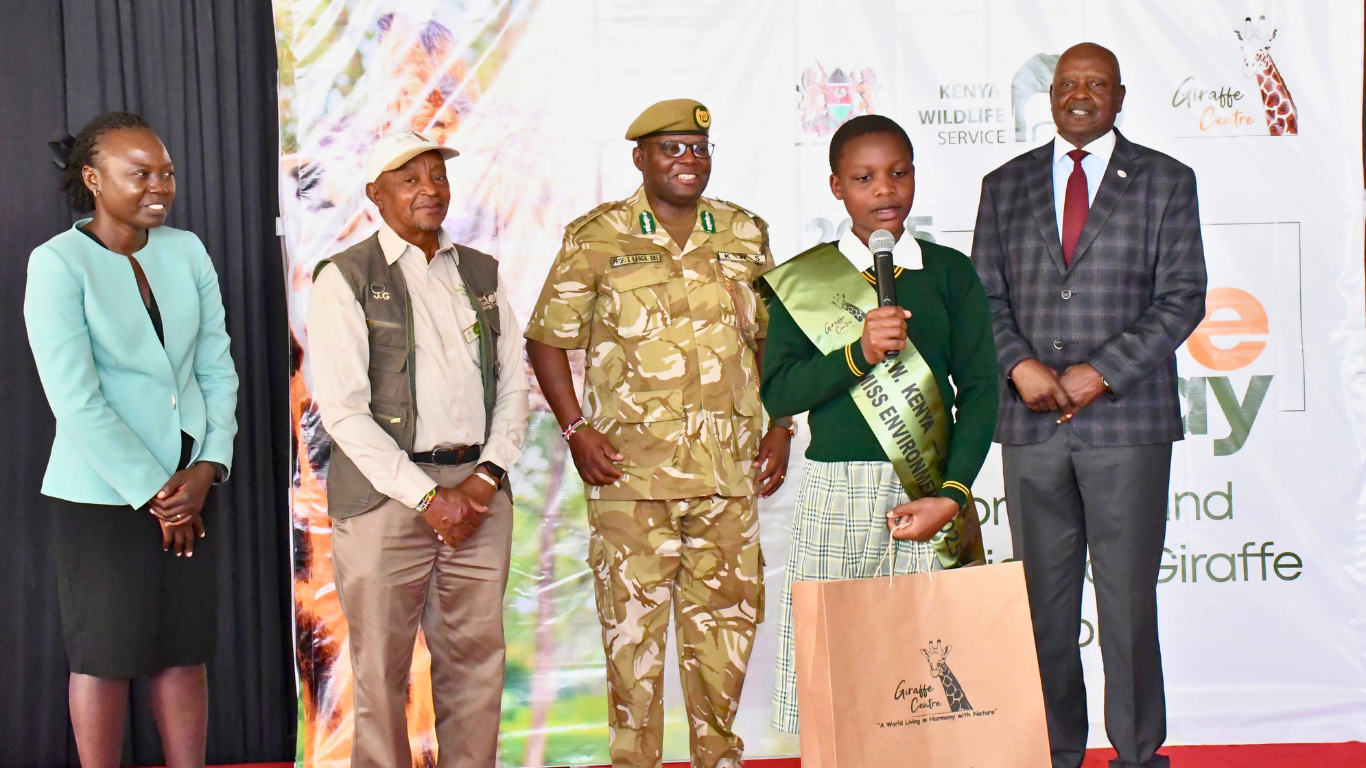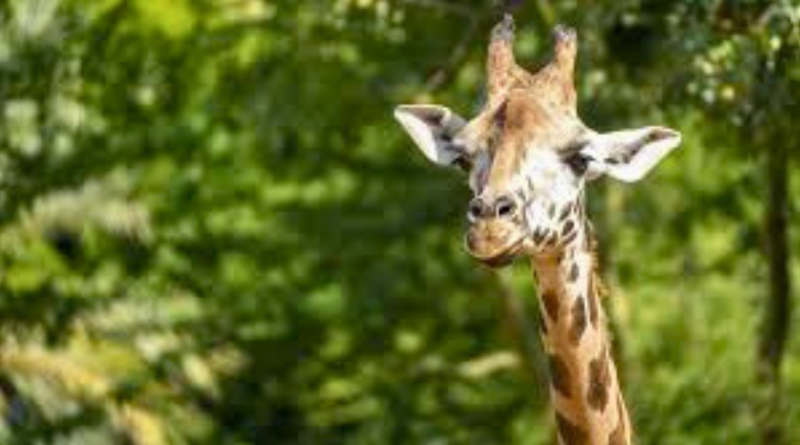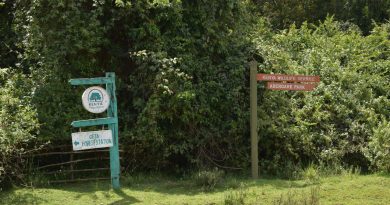Giraffe Populations Rebound, But Kenya Warns the Crisis Is Far from Over
By Chemtai Kirui
NAIROBI, June 21 – Kenya joined the rest of the world in marking World Giraffe Day, with conservationists celebrating signs of recovery among Africa’s iconic giants after years of decline caused by habitat loss, poaching, and human encroachment — threats that had pushed the species toward what experts called a ‘silent extinction.’
For years, giraffes were hunted for bushmeat, displaced by land encroachment, and targeted by the illegal wildlife trade.
Across Africa, giraffe populations declined by nearly 30% over the past 35 years.
But now, a new report by the Giraffe Conservation Foundation (GCF) shows that populations of three out of four giraffe species are on the rise — including Kenya’s reticulated giraffe, known for its distinctive net-like coat pattern. The species is mostly found in northern Kenya, in counties such as Samburu, Isiolo, Garissa, and Marsabit.
The State of Giraffe 2025 report attributes the recent gains to community-led conservation, improved monitoring, and targeted efforts to reverse decades of decline. Reticulated, northern, and southern giraffes are all showing signs of recovery, while the once-declining Masai giraffe population is now stabilizing.
“This is fantastic news, especially at a time when global biodiversity is under pressure,” said Stephanie Fennessy, Executive Director of GCF. “It shows that conservation works — and that giraffes can recover when local communities, scientists, and governments work together.”
Kenya is home to an estimated 30,000 giraffes — roughly 30% of Africa’s remaining population — and is the only country on the continent that hosts three distinct subspecies: Masai (Giraffa tippelskirchi), Reticulated (Giraffa reticulata), and Nubian (Giraffa camelopardalis camelopardalis).
The population breakdown includes approximately 12,700 Masai, 15,650 Reticulated, and around 625 Nubian giraffes — the latter listed as critically endangered on the IUCN Red List.
“This biodiversity brings responsibility,” said Lt. Gen. (Rtd) Walter Raria Koipaton, Chair of the KWS Board of Trustees, speaking at a national celebration held at Nairobi National Park on Friday — the eve of World Giraffe Day. “We’ve stabilised populations in areas like Tsavo, Amboseli, and northern Kenya through years of protection and community involvement.”
The event, held at the historic Ivory Burning Site, brought together learners from 33 schools, conservationists, and government officials to spotlight Kenya’s role in giraffe conservation, highlight the ongoing threats facing the species, and recognise young champions of environmental protection.

Despite the promising recovery, KWS officials warn that giraffes — especially in northern rangelands — continue to face serious threats from bushmeat hunting, illegal trafficking, habitat fragmentation, and climate-related stress.
Prof. Erustus Kanga, KWS Director General, said protecting giraffes will require collective effort.
“This is not a government mandate alone — we need youth and community ownership of conservation,” said Prof. Kanga.

Launched in 2020, Kenya’s 10-year National Recovery Action Plan for Giraffes seeks to protect habitats, expand monitoring, and build community partnerships in hotspots such as Laikipia, Samburu, and Garissa.
A global day, a local mission
World Giraffe Day, marked annually on June 21, is coordinated by the Giraffe Conservation Foundation and coincides with the year’s longest day — a symbolic tribute to the world’s tallest mammal.
Once widespread across sub-Saharan Africa, giraffes have vanished from at least seven African countries due to habitat loss, poaching, and human-wildlife conflict
Local conservancies in regions such as Isiolo, Samburu, and Marsabit have stepped up to protect vital migration corridors and ease tensions between wildlife and pastoralist communities — a model many conservationists now point to as key to giraffe recovery.
Kenya’s World Giraffe Day celebration ended on a hopeful note with an award ceremony recognizing student conservation champions.

Glorious Grace, a student from Oserian Comprehensive School, took the top prize for her essay on youth-led environmental protection.
“Poaching impunity must come to an end,” Grace said during her acceptance speech, adding that, “It not only threatens our wildlife but endangers our identity as a nation.”

Ms. Christine Nyang’ana, CEO of AFEW Kenya, said education and public engagement are critical for long-term giraffe survival.
“We are actively supporting the recovery plan through public awareness, habitat restoration, and youth empowerment,” Nyang’ana said.




